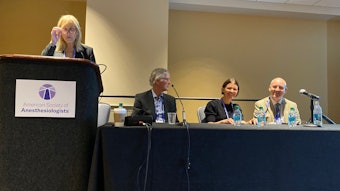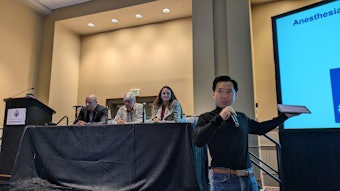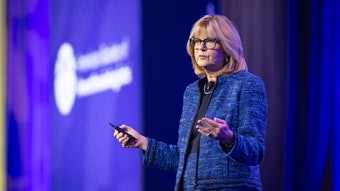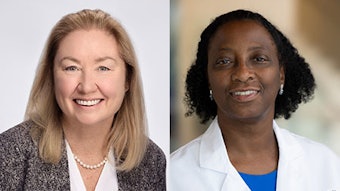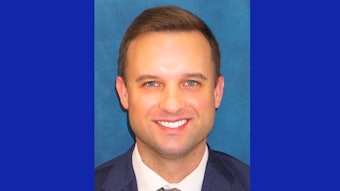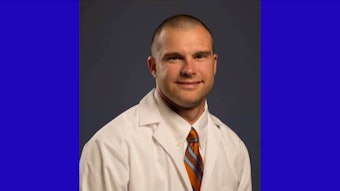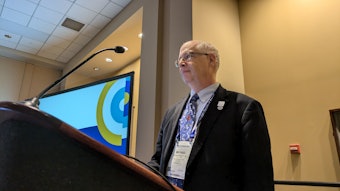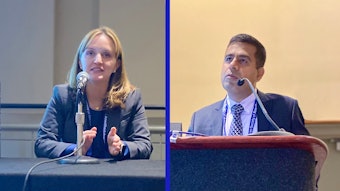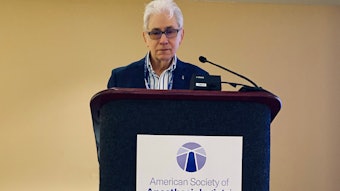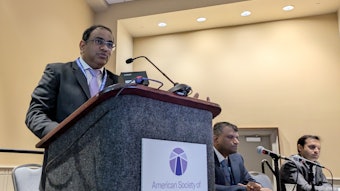Contending with the impact of weight loss injectables
Determining the impact of weight loss injectables in a wider array of patients.
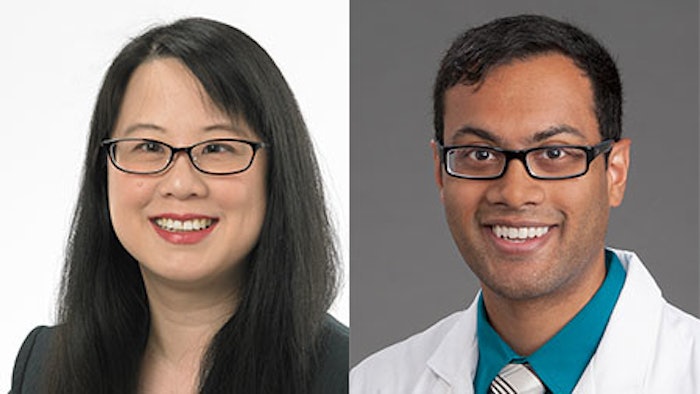
Weight loss injectables are creating new opportunities for healthy living. But they’re also creating new challenges for anesthesiologists.
Chief among the challenges is a greater potential for aspiration during surgery. GLP-1 agonists are designed to slow or delay gastric emptying, raising the risk of aspiration. A 2024 session, “Navigating the Challenges of Fasting With Diabetes Mellitus: A Delicate Balance,” focused on this and a host of other considerations when caring for patients using GLP-1 agonists. Catherine Kuo, MD, an anesthesiologist at Aurora West Allis Medical Center in the Milwaukee, Wisconsin suburb of West Allis, was among the presenters.
“Most anesthesia practitioners are familiar with the usual aspiration factors like full stomach, gastroparesis, and debatable factors such as obesity, pregnancy, and recent opiate usage. We would usually only think a patient has diabetic gastroparesis in the setting of severe or very poorly controlled diabetes,” Dr. Kuo said. “However, any stage diabetic patients, including pre-diabetic, are being placed on GLP-1 medications, which are known to cause delayed gastric emptying. Nondiabetic patients are being placed on GLP-1 for weight loss as well.”
With the exponential rise in patients on GLP-1 medications, anesthesiologists are caught in a conundrum because it is unclear which patients using these drugs will still have food in their stomachs after a standard NPO fasting time, Dr. Kuo said. Literature remains sparse on the topic, but multiple cases have reported detecting food in the stomachs of patients taking GLP-1 drugs. Conversely, there are a handful of meta-analysis reports indicating the risk of delayed gastric emptying has not increased by much.
In June 2023, ASA issued a statement about the use of GLP-1 agonists and whether anesthesiologists should take precautions. The recommendation suggested holding one dose of their GLP-1 medication prior to surgery to reduce the risk of gastroparesis, yet not disrupt their diabetic regimen too much, Dr. Kuo said.
“If we were to wait for patients to wash out the weekly injectable from their system, it would technically take them a month or more,” she said. “At least our statement was able to bring attention to the issue so that anesthesiologists worldwide became more aware of the side effects of GLP-1 medications as well as how they induce risks of delayed gastric emptying in non-diabetics who we normally would not suspect of having gastroparesis.”
Rohesh J. Fernando, MD, FASE, FASA, was among the panelists who discussed the topic. Dr. Fernando is an Associate Professor of Anesthesiology at Wake Forest University School of Medicine in Winston-Salem, North Carolina.
“Many worry about the possibility of gastroparesis in patients with diabetes. I think this is a valid concern, but should anesthesiologists automatically treat all their patients with diabetes as having a ‘full stomach?’” Dr. Fernando asked. “After all, not all patients with diabetes necessarily have gastroparesis. It would be useful to be able to better identify which patients we need to worry about having residual gastric contents despite fasting before surgery.”
In this situation, Dr. Fernando believes gastric ultrasound may offer a solution. Historically, anesthesiologists have addressed the challenge through assessing a patient’s symptoms and medical history. However, gastric ultrasound provides a visual look into the stomach. If gastric ultrasound is performed and interpreted correctly, it offers objective data to make more informed decisions.
Like anything else, however, there are potential disadvantages. First, the clinician must be knowledgeable in how to perform and interpret a gastric ultrasound. Second, the equipment must be available, which can be challenging if there are only a few ultrasound systems available for a large group. Finally, some patients will be easier to scan than others, some patients will have altered anatomy that renders interpretation challenging or invalid, some may have inconclusive results, and some may even potentially have a false positive or false negative result.
“Despite these potential disadvantages, I am a proponent for using gastric ultrasound if one has the resources and skill to do it,” Dr. Fernando said. “The disadvantages shouldn't necessarily deter someone from using it, but rather help clinicians tailor their approach on if, how, and when to use it.”
Regarding the availability of gastric ultrasound equipment, Dr. Kuo explained that although most anesthesiology departments have ultrasound equipment due to the popularity of regional anesthesia, gastric ultrasound is performed with a low-frequency (2 - 5 MHz) curved array probe to achieve the correct depth. A standard regional anesthesia linear probe generally only penetrates 6 cm, which would only be deep enough for very thin or pediatric patients. As such, departments would have to invest in a curved probe to take advantage of gastric ultrasound.
“This would be a worthy investment, though, since there are now many patients whose obesity makes even regular regional anesthesia blocks need the deeper curved probe,” Dr. Kuo said.
The session also explored the impact of SGLT2 inhibitors. These medications do not cause gastroparesis but do place patients at risk of euglycemic diabetic ketoacidosis (eDKA) when under a stress state. eDKA occurs when a patient's blood sugar can be only in the high-normal range (~250 mg/dl) but goes into a dangerous state normally associated with high blood sugars, so the diagnosis can be missed. The stress state occurs when patients are severely ill, dehydrated, under-consuming carbohydrates, or not using enough insulin.
“For surgery, we induce risk factors for every procedure by asking patients to not eat or drink and interrupt their medication regimens. Or we are operating because they are ill, or the surgery itself will stress the patient with healing,” Dr. Kuo said. “Thus, we are willfully inducing all the factors that may cause eDKA for patients on SGLT2 medications.”
eDKA may not even manifest for days to several weeks after surgery, so this diagnosis can be missed, as most surgical patients in the U.S. are discharged the same day or within a few days, she said.
“To prevent eDKA, the FDA issued a recommendation in March 2020 for holding SGLT2 medications three days prior to surgery. Unfortunately, this warning has flown under the radar, probably because we were all preoccupied with a little disease known as COVID-19,” Dr. Kuo said. “Since the inciting factors for eDKA include dehydration, decreased carbohydrate intake, and decreased insulin secretion, I propose that these are mitigatable things we could provide in the perioperative arena – providing I.V. hydration, I.V. or oral glucose, and insulin. Also, on discharge, patients should be educated to watch out for symptoms of eDKA in the days to weeks after their surgery.”
